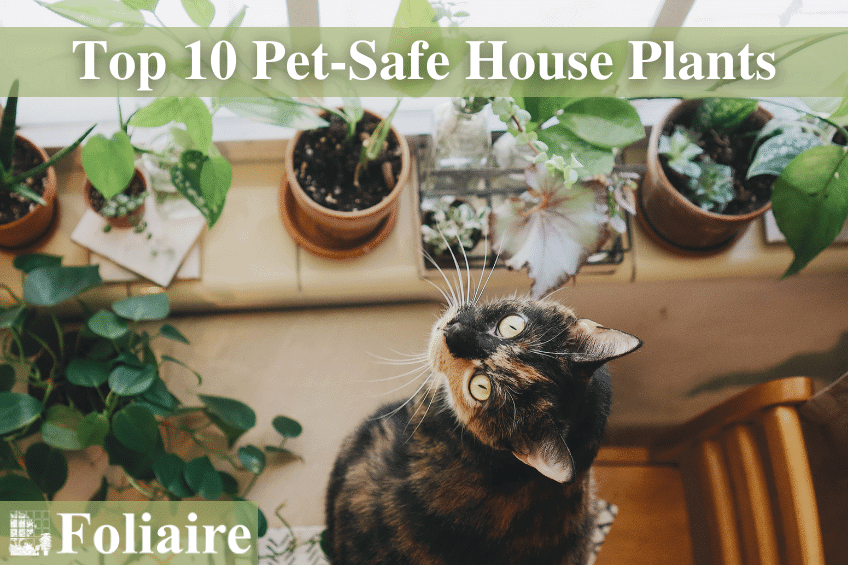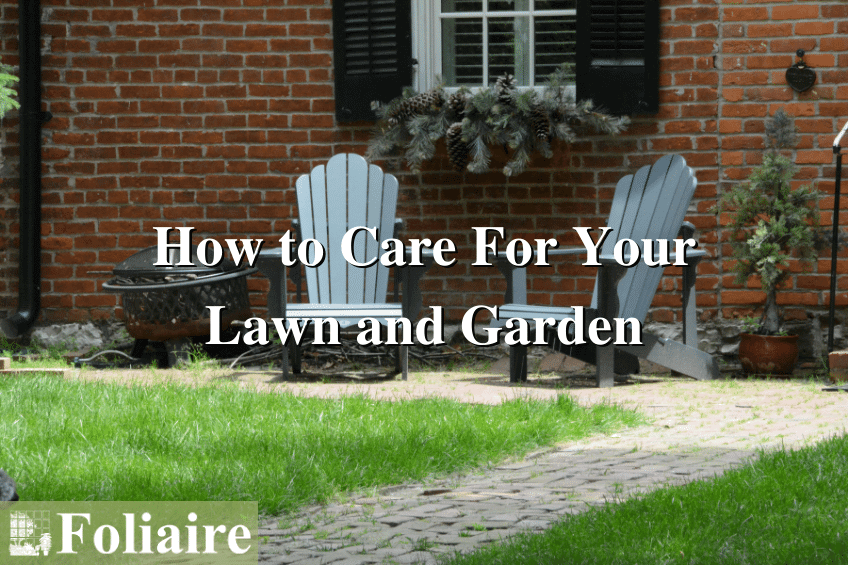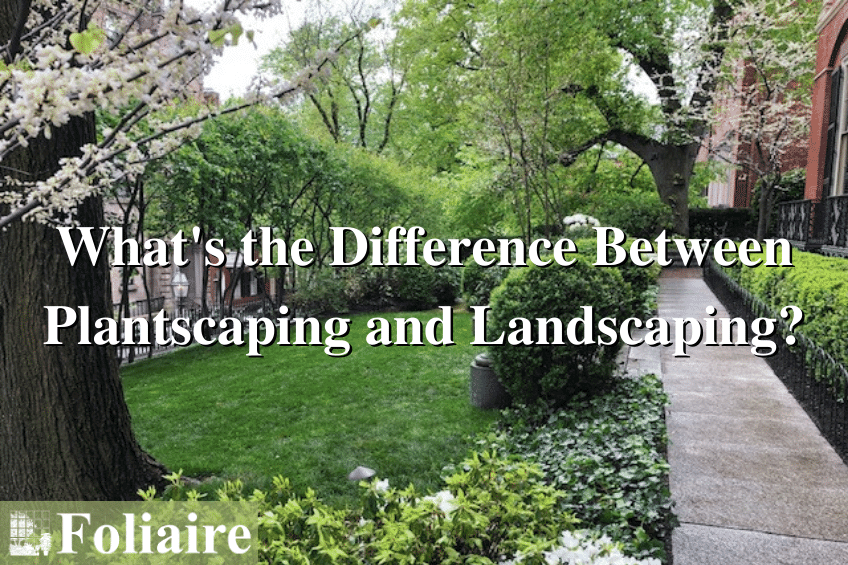Plant Care Tips: Top 10 Pet-Safe House Plants
As a pet owner, it’s critical to add pet-safe house plants for your little furry friends.
Indoor plantscaping is something that more homeowners than ever before are researching. These plants can exist in various rooms in your home, adding some color or interest to your space.
However, you need to ensure you only add pet-safe house plants to your space. Keep reading to learn our top 10 pet-friendly house plants, all of which will help enhance the mood and atmosphere of your home.
1) Rattlesnake Plant (Calathea)
The colors and unique leaves of the Rattlesnake plant make it one of our favorite pet-safe indoor house plants. It can incorporate low-light rooms and will brighten up any space. The good news is that it’s safe to keep around pets, but you’ll want to make sure you plant it in sandy, fast-draining soil for best results.
Keep an eye on the leaves, and remember that one of the top plant care tips is to water the plant as soon as the soil feels dry. It would be a good option to add to your living room or study and add more texture to even the plainest rooms.
2) Spider Plant
The Spider plant is a popular option with veterinarians, and you’ve no doubt seen it before in your local vet’s office. Thanks to its air-purifying qualities, it can help remove toxins from the atmosphere.
Make sure you keep this plant away from constant, direct sunlight to don’t kill off your new interior plantscaping home addition. This plant is very easy to take care of, so it’s one of our favorites for first-time pet or plant owners.
3) Parlor Palm (Neanthe Bella Palm)
If you want to add a little indoor plantscaping to your bedroom, the Parlor palm is one of our favorites to add to a nightstand. It only needs a few hours of light a day, which is ideal from an indirect source.
This plant is very slow-growing, so it’s a good option for anyone new to adding pet-friendly house plants to their space.
4) Succulents
Succulents are some of the most popular pet-friendly additions to any home. However, you need to ensure the succulents you add are pet-safe indoor house plants.
Haworthia and Echeveria are two of the best options and are super easy to manage. Ensure they get direct sunlight and water them when the soil turns dry.
5) African Violet
Kitchens are a great spot to add some indoor plantscaping. The African Violet is a colorful plant that will bloom well in indirect sunlight.
They are ideal all-year-round plants for any home and are one of the most attractive options for comparing pet-safe house plants.
Do you need help revitalizing your rooftop garden?
6) Gloxinia
The Gloxinia is native to Brazil and blooms in bold shades of pink, red, purple, or blue. You’ll need to keep this plant’s soil moist, but it will only require you to follow basic plant care tips, such as feeding the plant every two weeks.
This plant will be a great option to add to your living room if you are looking for a way to add a splash of color to your home. Unfortunately, Gloxinia is somewhat demanding and requires additional attention.
They also tend to attract unwanted insects. This beautiful flowering plant is perfect for those who already have a good track record of caring for plants.
7) Venus Flytrap
This pet-friendly house plant is easy to maintain, so first-time interior plantscaping homeowners will love adding it to their homes. Just make sure you add it to someplace where it will enjoy about four hours of direct sunlight each day.
Terrariums and solariums are ideal environments to show off this plant. An even better location might be a conservatory or hothouse.
Peat moss is the best option for the soil. You’ll want to make this plant a focal point in your interior plantscape design.
8) Boston Fern
The Boston Fern consistently comes up in lists of the top indoor plantscaping plants. It’s one of our favorite pet-friendly house plants. You only need to feed it occasionally, so it’s a great choice for busy pet owners.
It’s okay if your dog or cat accidentally bites it as it’s not toxic to either of these animals. You can read our guide on fern plant care to learn more.
9) Watermelon Peperomia
The Watermelon Peperomia is one of the best options for pet owners within this family of plants. It should remain out of direct sunlight, but you won’t have to worry about watering it too often.
You could place this in most rooms in your home. You only need to test the soil from time to time to see if it needs any care or water. This plant prefers to sit in somewhat dry soil.
10) Bromeliad
The final plant we recommend for pet owners is the Bromeliad, which offers a tropical feel to any room. It’s a bright and colorful plant, and the blooms stay in place for a few months.
Any room in your home that could do with a splash of color will benefit from this pet-friendly house plant. We recommend adding this plant to your kitchen or living room. You can open the windows and offer it some indirect sunlight in that setting.
One thing to keep in mind in terms of plant care tips for this plant is that you will need to mist it to keep it in peak condition. Wait until the soil is dry, then completely drench the plant thoroughly for watering.
What to Do If Your Pet Consumes a Poison Plant
If you know your dog or cat has eaten a poisonous plant, here’s what to do:
1) Remove your pet from proximity to the plant.
Note the plant’s name, if you recognize it, or take a picture of it to help medical professionals in treating your animal.
2) Make sure your pet is breathing, alert, and behaving normally.
Call your veterinarian or a phone hotline to help with pet poisoning, like Pet Poison Helpline at 855-764-7661 or ASPCA Animal Poison Control at 888-426-4435. Remember, hotlines like these charge for their services so a consultation fee may apply. A professional can tell you whether you need to treat your pet at home or bring it in to see a veterinarian.
3) Call your veterinarian or the nearest emergency veterinary clinic immediately if your pet is not behaving normally.
Avoid any at-home remedies or antidotes that your veterinarian did not approve. That includes making your pet vomit. Vomiting may be the right approach, but it might also be dangerous based on what your pet ingests and what’s happening in its body.
Act Quickly to Save Your Pet’s Life
Remember, the sooner you get help for a pet who’s eaten a poisonous plant, the better the chances your pet can recover from poisoning. Whether at home under a veterinarian’s orders or in a veterinary hospital, treatment will be specific to the plant that poisoned your pet.
The ASPCA Poison Control estimates that 25 percent of poisoned pets recover within 2 hours. Even with treatment, 1 in 100 poisoned pets die.
An ounce of prevention is worth a pound of cure, so check toxic and non-toxic plants before bringing greenery into the home or planting in the yard or garden. Your pet and your veterinarian will thank you.
Key Takeaways
By choosing any of these pet-friendly house plants and following the plant care tips for looking after each one, you’ll find that you can enjoy enhancing your home with these beautiful plants.
These plants are safe to keep around dogs, cats, and other pets, while still brightening up certain parts of your home. We highly encourage you to think carefully about what you add to your home. When you have pets sharing your space, you can keep everyone safe and healthy for years to come.
You can follow us on all social media @Foliaire to learn more plant care tips on garden decor and garden care.
Ready to unlock your garden’s full potential?
Boston’s Exterior Design & Plantscaping Specialists
Foliaire is a full-service interior and exterior greenscape design-build firm in Boston’s historic South End. For the last 40 years, we’ve provided the highest quality office plantscaping services for clients across the Boston Metro area.
We customize and plan our living walls and interior plantscaping to fit your unique space and tastes. That’s how we’ve built a reputation of unparalleled style and elegance for both corporate plantscaping and residential community projects.
In addition, we’ve received several environmental design awards and have appeared in several publications. You can find us in Architectural Digest, House and Garden, Horticulture, and Interiorscape.
Follow us on social media for more Boston exterior design and plant care tips:



